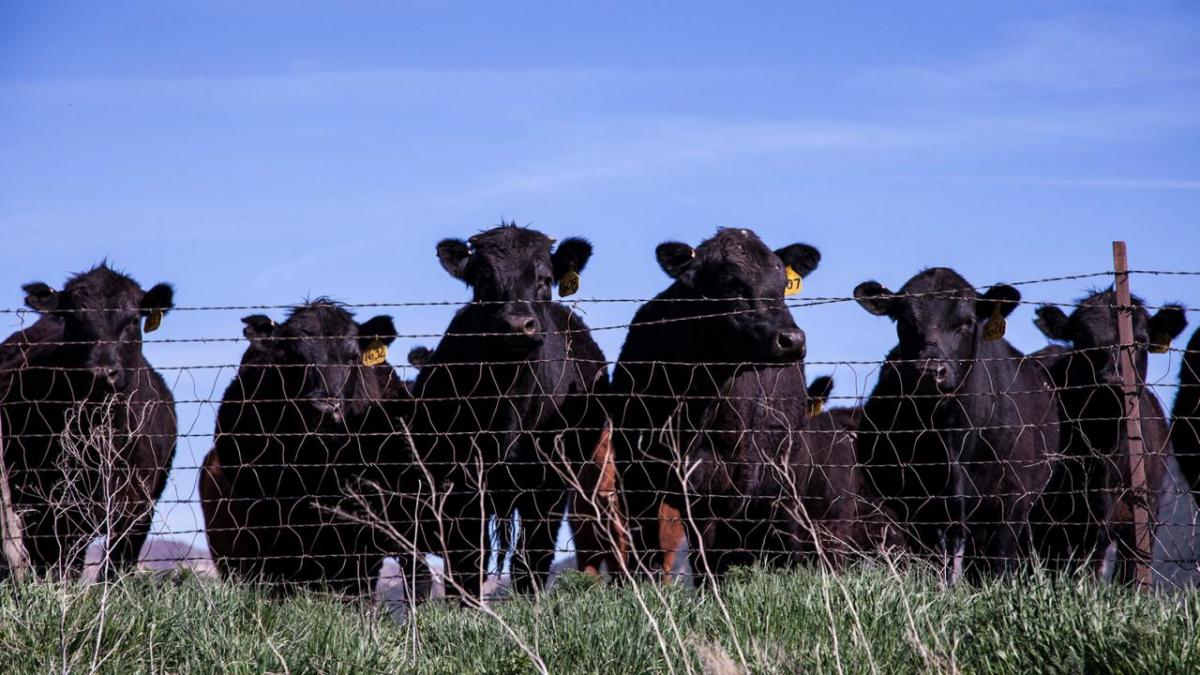This article was first published by the Nebraska Cattleman magazine.
In the mid 1990’s concern over increasing concentration in the meatpacking industry and declining negotiated cash harvest prices prompted a series of academic studies and government regulations ultimately resulting in the Livestock Mandatory Price Reporting Act (LPR) in 1999. The primary concern was whether the use of formula contracts allowed meatpackers to impact cash prices by “capturing” cattle before entering the local cash market. With declining cattle prices and fewer cattle being marketed via negotiated cash the topic of captive supplies and the role of meatpacking concentration has once again received renewed attention. Thus the purpose of this article is to first review the concept and literature on captive supply and then provide some market trends and fundamentals which are indicators of captive supply.
Nature and Extent of Captive Supplies
Meatpacking is a margin business so per head operating costs drives profitability. Increasing cattle volume decreases the average harvesting/fabricating cost per head. To maintain low harvesting/fabricating costs per head meatpacking plants aim operate at near full plant utilization capacity. To operate at near fully utilization capacity, meatpacking plants procure cattle in the spot market and through “captive supplies”. The three most common types of captive supply methods used include packer feeding, forward contracts, and marketing/purchasing agreements such as formula or grid pricing.
The use of captive supplies accrues economic benefits to both meatpackers and cattle feeders. Cattle feeders achieve a guaranteed buyer for cattle, premiums for improved carcass quality, and reduced marketing costs. Meatpackers achieve a consistent supply of cattle, reduced procurement costs, and greater control over cattle quality to fulfill retail demand.
While economic benefits abound, cattlemen concern generally centers on whether captive supplies impact cash prices and if it changes meatpacker cattle purchase behavior. Previous empirical studies find captive supplies have a small negative or insignificant effect on cash prices (Parcell, Schroeder, and Dhuyvetter 1997; Ward, Koontz and Schroeder 1998; Muth et al. 2007; Zhang and Brorsen 2010). Cash price reduction ranged from $0.10-0.41/cwt. Slightly negative prices results from meatpackers being less aggressive in the cash market since a portion of their cattle requirements is already met.
A dramatic move towards more branded meat production and increasing hide and offal value has helped maintain meatpacking margins. The share of branded beef production relative to total beef production increased from 9% to 19% between April 2009 and April 2019 and hide and offal prices per cwt. increased from $6 to $9. However, even given these changes the Farm-Wholesale margin reported by the Economic Research Service (ERS) has remained relatively stable between 2005 to 2019 at $0.50 per lb./retail weight basis.
Captive Supplies National Trends
Each week the United States Department of Agriculture Agricultural Marketing Service (USDA-AMS) reports cattle harvested by different marketing methods and number of head placed under forward contract (LM_CT153). This report facilitates understanding of pertinent market fundamentals and trends of national captives supplies. Using weekly data from 2009 to 2019 from this report reveals three key findings informs the current national discussion on cattle captive supply.
First, packer owned cattle harvested has steadily decreased. On average packers harvested 100,000 head per week between 2009 and 2014. Since 2014 packer owned harvest has dropped to 40,000 head per week indicating meatpackers are divesting from cattle feeding as indicated by recent news from Cargill and JBS Five Rivers.
Second, formula/grid pricing method has generally been consistently higher than any other pricing methods. From 2009 to 2014 the percentage of cattle harvested that were procured via negotiated cash declined from 50% to 25% while grid/formula increased from 35% to 55%. Since 2014 the percentage of cattle harvested by the four different marketing methods has remained relatively stable indicating some preference stability between feedlots and meatpackers.
Third, 50% of cattle placed under forward contracts are secured more than 12 months in advance of delivery and 25% of cattle are secured 3 months before delivery. Cattle procured 12+ months in advance is most common (~50% of forward contracted cattle) for deliveries between October and December. Cattle procured < 3 months is most common in September (~ 45% of forward contracted cattle). Meatpackers respond to both long- and short-term market trends by using forward contracts to ensure adequate cattle supply to meet retail demand.
Figure 1. Number of Packer Owned Cattle Harvested, Weekly (1000 head), 2009-2019

Figure 2. Percentage of Cattle Harvested by Marketing Method, Weekly, 2009-2019

Figure 3. Percentage of Cattle Forward Contracted by Weeks Prior to Harvest, 2009-2019

Elliott Dennis
Assistant Professor of Livestock Marketing and Risk Management
Department of Agricultural Economics
elliott.dennis@unl.edu
